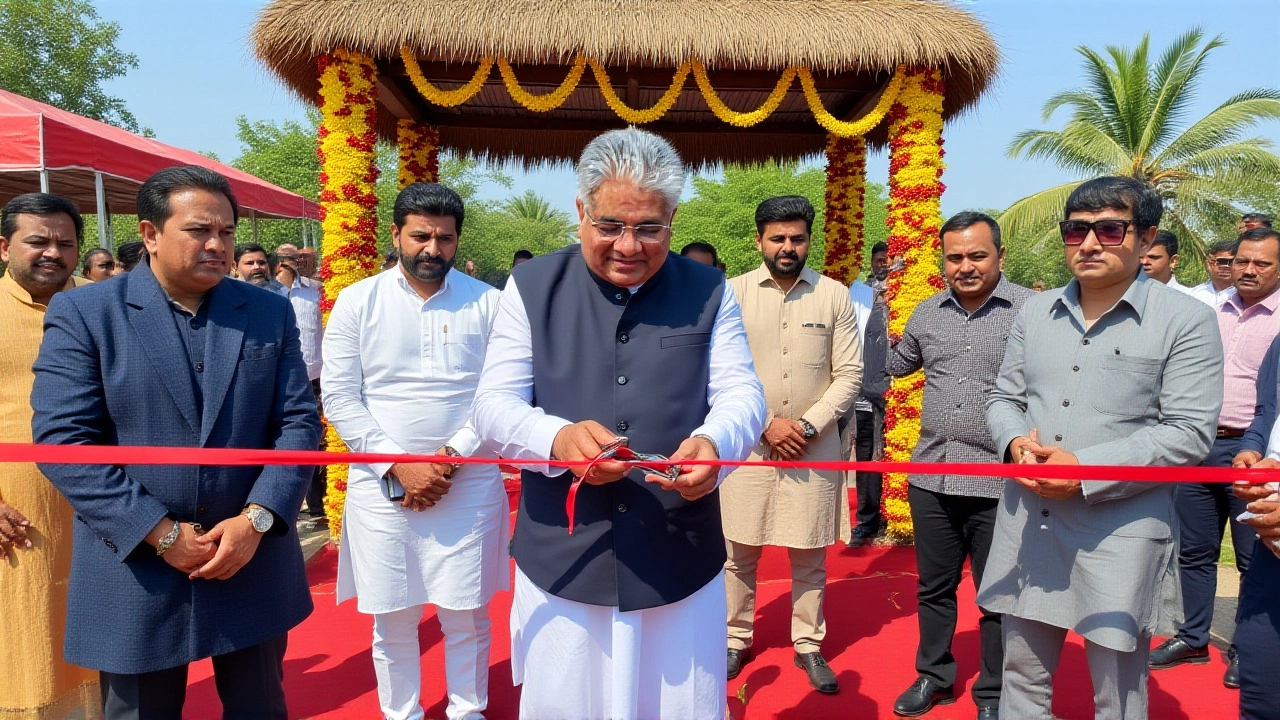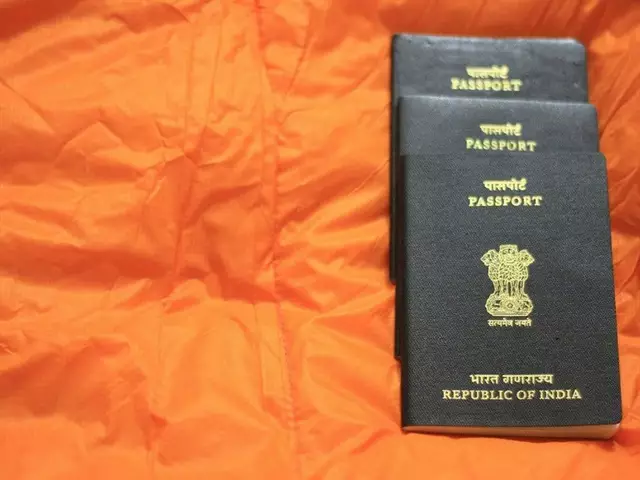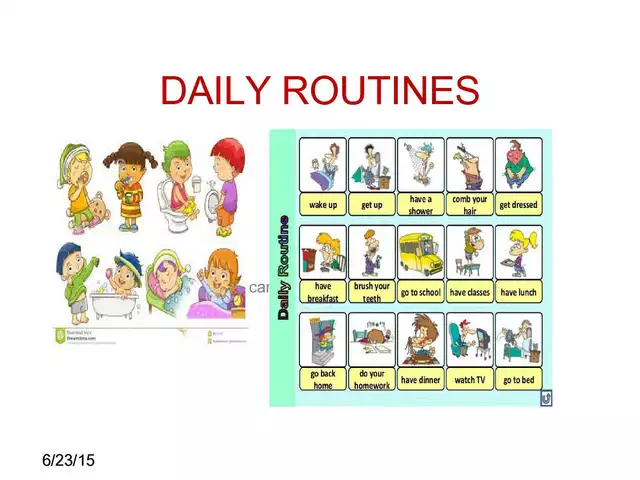When Bhupendra Yadav, India’s Union Minister for Environment, Forest and Climate Change, stepped into the bustling stalls of Shilpgram at Jawahar Kala Kendra in Jaipur on February 15, 2025, he didn’t just cut a ribbon—he rekindled a quiet rebellion against digital distraction. At 4:00 PM IST, he officially opened the Patrika Book Fair 2025, a nine-day literary festival that’s become one of Rajasthan’s most anticipated cultural events. But what made this inauguration different was the quiet intensity with which Yadav moved through the crowd: stopping to shake hands, snapping selfies with students, and—most tellingly—spending nearly an hour browsing every single book stall, his fingers tracing spines like a man revisiting old friends.
Two Books, One Message
That evening, Yadav released two deeply personal works by Gulab Kothari, Editor-in-Chief of the Patrika Group: Mere Bheetar Main in Hindi and its English counterpart, The Inner Woman. These aren’t just titles—they’re windows into the emotional landscapes of women navigating modern India’s shifting expectations. Kothari, a veteran journalist who’s shaped Rajasthan’s media landscape for decades, has long used his platform to elevate voices beyond headlines. The release wasn’t ceremonial; it was symbolic. In a country where digital scrolling has replaced page-turning for millions of teens, Yadav called the book fair “extremely necessary” to reconnect youth with literature. “In the digital age, the youth generation is moving away from books,” he told the crowd. “We need spaces like this to remind them that stories don’t just entertain—they shape character.”Why Jaipur? Why Now?
The choice of Jaipur wasn’t accidental. As the cultural heart of Rajasthan, the city has long been a crucible for arts and literature. Shilpgram, the fair’s venue, is a living museum of artisan traditions—woodcarvers, block printers, potters—all under open skies. Hosting a book fair here blends the tactile with the intellectual. It says: reading isn’t passive. It’s as hands-on as weaving a textile or shaping clay. The Patrika Group, headquartered in Jaipur, has spent years building this momentum. Its flagship newspaper, Rajasthan Patrika, reaches over 2.3 million readers daily—not just in the state, but among the 1.2 million Rajasthanis living across India. Yadav himself noted how, wherever he travels—from Delhi to Dibrugarh—he finds elderly Rajasthanis sipping chai with the paper in hand. “Along with political news,” he said, “socially important stories are also available in the newspaper. That’s why I always find Rajasthan Patrika with our people outside Rajasthan.”More Than Books: A Cultural Engine
The fair’s schedule is packed—not just with author signings, but with curated sessions meant to spark conversation. On opening day, from 5:00 PM to 6:00 PM, a panel featuring Professor Rajendra Prasad Sharma, senior journalist Anand Joshi, and Sukumar Verma dissected Maanas, Kothari’s landmark literary series. To date, 14 volumes have been published. Each volume, like a chapter in a decades-long conversation about identity, tradition, and change, has sold over 80,000 copies. That’s not a bestseller—it’s a movement. Every evening from 7:00 PM to 8:00 PM, the fair transforms into a radio stage. Emerging writers, poets, and students perform live on air, their voices broadcast across Rajasthan via Rajasthan Patrika’s FM network. It’s a radical idea: giving young voices not just a platform, but a microphone. One 17-year-old from Udaipur told me she’d been writing poems since she was 12, but never dared to read them aloud—until last year’s fair. “Now I have 12 listeners,” she said, smiling. “They call me every week to ask what I wrote.”The Bigger Picture
India’s youth literacy rate hovers at 96%, yet the National Reading Survey 2024 found that only 38% of those aged 15–24 read a book for pleasure more than once a month. That’s down from 59% in 2018. The decline isn’t just about screens—it’s about access, relevance, and emotional connection. The Patrika Book Fair 2025 isn’t trying to reverse the digital tide. It’s building a bridge across it. The government’s involvement signals something deeper: that cultural infrastructure matters as much as highways or hospitals. Yadav’s presence wasn’t political theater. It was recognition. This fair isn’t just about selling books. It’s about restoring dignity to quiet acts—reading alone in a room, scribbling in margins, losing hours in a story that doesn’t have a like button.What’s Next?
The fair runs until February 23, with daily events including workshops on indie publishing, storytelling for teens, and a special session on regional language preservation. Organizers are already planning a mobile book van tour across 12 districts of Rajasthan starting in March, bringing curated titles directly to villages without libraries. Meanwhile, the Patrika Group is launching a digital archive of Maanas volumes, making them freely available in Hindi and English to schools across India.Frequently Asked Questions
Why is the Patrika Book Fair 2025 considered significant for youth in Rajasthan?
The fair directly tackles declining reading habits among young people, offering live author interactions, radio performances, and accessible literature in regional languages. Unlike commercial book fairs, it prioritizes emotional connection over sales—with 14 volumes of Maanas already in circulation and daily evening broadcasts giving youth a platform to be heard. This creates lasting engagement, not just foot traffic.
What role does Gulab Kothari play in promoting literature in Rajasthan?
As Editor-in-Chief of the Patrika Group, Kothari has spent over 40 years elevating regional voices. His literary series Maanas has sold over a million copies across 14 volumes, blending folklore, social commentary, and personal narratives. He’s also turned the newspaper into a cultural hub, publishing poetry, serialized fiction, and interviews with rural writers—making literature part of daily life, not a weekend activity.
How does the government’s involvement impact the fair’s reach?
Union Minister Bhupendra Yadav’s presence signals national recognition of grassroots cultural initiatives. His endorsement encourages state education departments to partner with the fair, potentially integrating it into school reading programs. With over 300,000 visitors expected, the fair now has political weight—not just cultural value—helping secure funding and infrastructure support for future editions.
Are the books at the fair only in Hindi and English?
No. While Hindi and English dominate the main stalls, over 40% of the 1,200+ titles are in Rajasthani dialects like Marwari, Mewari, and Dhundhari. The fair has dedicated stalls for regional language publishers, and several sessions are conducted entirely in local dialects. This is rare in national book fairs and critical for preserving linguistic diversity in a homogenizing media landscape.
What makes the Maanas series so enduringly popular?
Each volume of Maanas centers on a different woman—from a village midwife to a factory worker in Kota—told in poetic, conversational prose. Readers see their own mothers, sisters, or aunts in these stories. The series avoids melodrama, focusing instead on quiet resilience. With 14 volumes published since 2007, it’s become a generational touchstone, often passed down like heirlooms.
Will the book fair expand beyond Jaipur?
Yes. Starting March 2025, the Patrika Group will launch a mobile book van tour visiting 12 districts with no permanent libraries, bringing 500 curated titles and hosting weekly storytelling circles. The goal: reach 50,000 rural youth by year-end. A pilot in Bhilwara last year saw a 67% increase in school library requests—proof that proximity changes behavior.








Write a comment